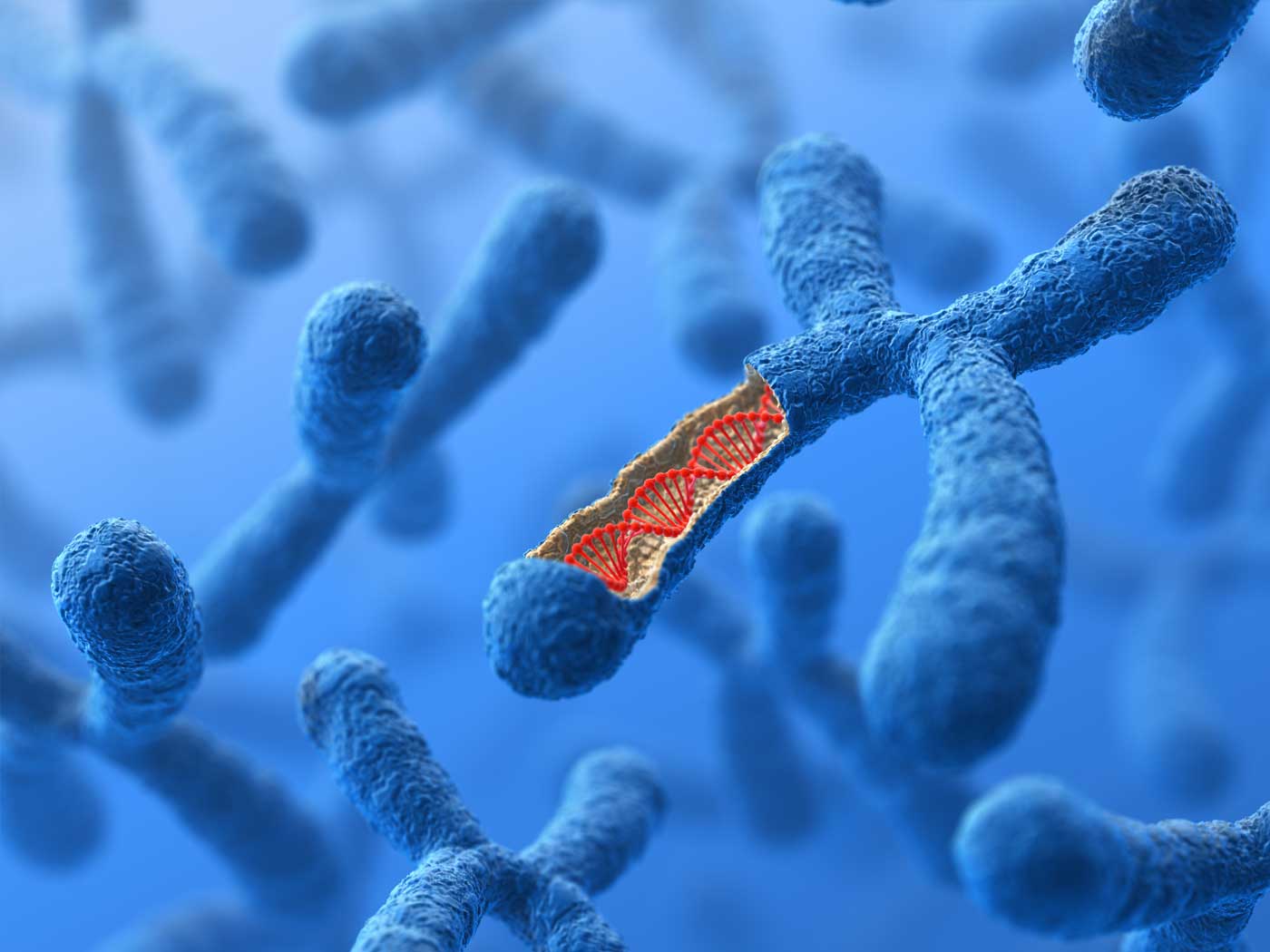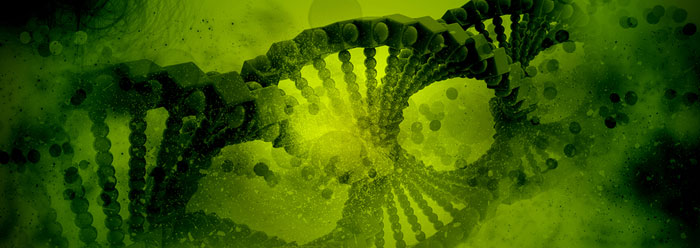Genes could be thought of as brick molds, used to construct materials for building the physical structures of living organisms. They carry the codes to help make proteins, which then make up different cells that are combined together to form mega-structures called tissues. New research has shed more light on how genes are used by cells to build the different tissues needed by complex living creatures.
Genes—which make up a very small fraction of DNA—were thought to be the central genetic features that drive cell function and embryonic development. New evidence shows that non-gene DNA is almost fully used in cells, and that there is coded information (but not genes) in the cell that manages which genes are expressed, when, and how often.1
In 2005, a landmark study found that certain very similar human and chimpanzee genes differ in sequence by an average of 4.4 percent.2 Evolutionary scientists believe that the percentage of shared gene sequences between chimps and people supports the hypothesis that they have a common biological ancestor.
But in a recent study published in the November 11, 2008, issue of Developmental Cell, researchers discovered that when different tissues within kidneys are formed in the womb, the dividing cells do not use different genes to produce the distinct building “bricks” that are needed for each kind of tissue!3 Lead author Eric Brunskill summarized that “almost all of the genes are expressed in the different parts but at varied levels.”4
Thus, the same genes were used to make quite different structures. As an example, bricks that come from the same mold may be similar or even identical, but they can be variously arranged to build a house, a patio, or a sidewalk. Likewise, even if certain genes are identical between two kinds of creatures—i.e., humans and chimps—it’s the expression and arrangement of those gene products that determine what tissues are produced.
Since different features can be built using the same genes, some of the similarities between chimp and human genes carry less relevance for an evolutionary interpretation of origins. The assumption that people are evolutionary relatives of chimps because they share similar genes is invalid for at least two reasons. First, even though research has found that a 4.4 percent average difference in sequence exists between the similar genes, there are in fact many distinct genes that humans have and chimps do not, and vice versa. Second, there is a large percentage of the two separate genomes that have not yet been correlated, and it is likely that significant non-gene sequence differences will become known—just as one recent study discovered.5
Even with the same or almost the same genes, many differences between apes and humans exist because the genes are “unpacked” differently during development. To make the story of human evolution plausible, its proponents need to demonstrate not only a natural mechanism that generates new complete genes from scratch, but another natural mechanism that generates the precise and effective gene unfolding programs that are known to produce distinct cells, tissues, organs, and organisms.
References
-
The ENCODE Project Consortium. 2007. Identification and analysis of functional elements in 1% of the human genome by the ENCODE pilot project. Nature. 447: 799-816.
-
The Chimpanzee Sequencing and Analysis Consortium. 2005. Initial sequence of the chimpanzee genome and comparison with the human genome. Nature. 437 (7055): 77.
-
Brunskill, E. W. et al. 2008. Atlas of Gene Expression in the Developing Kidney at Microanatomic Resolution. Developmental Cell. 15 (5): 781-791.
-
Genetic Blueprint Revealed for Kidney Design and Formation. Cincinnati Children’s Hospital Medical Center press release, November 10, 2008.
-
Perry, G. H. et al. 2008. Copy Number Variation and Evolution in Humans and Chimpanzees. Genome Research. 18 (11): 1703.
* Mr. Thomas is Science Writer.
Article posted on November 19, 2008.























